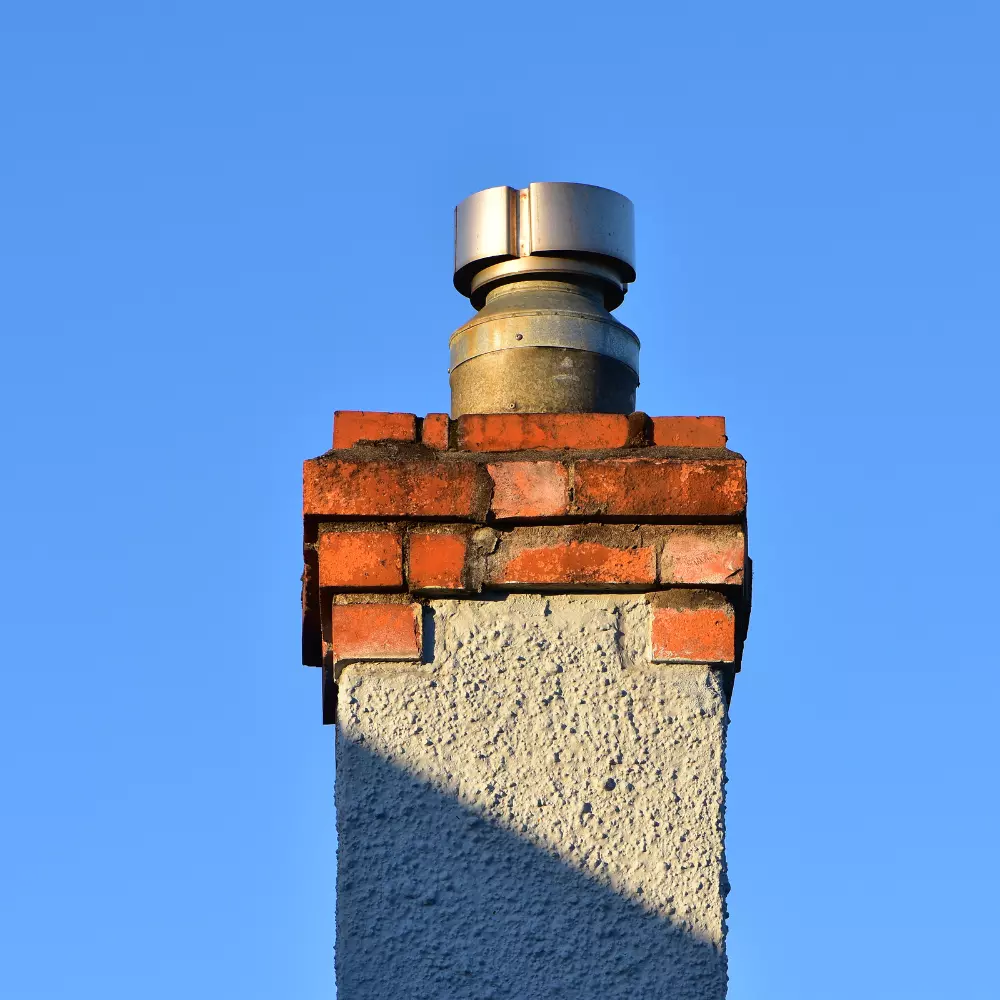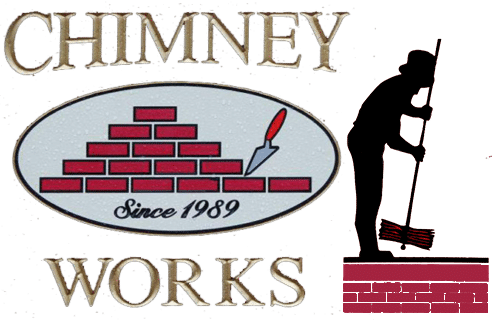
Exploring Options, for Your Homes Chimney Liner
The role of a chimney liner is vital for maintaining the safety and efficiency of your chimney system. It acts as a barrier that safeguards the chimney walls from the byproducts of combustion contains heat effectively and ensures proper functionality of your fireplace or heating device. When considering the installation or replacement of a chimney liner it’s crucial to grasp the various choices available and how they can impact your homes safety in addressing concerns like chimney leaks. This article will delve into chimney liner options. Highlight the significance of regular maintenance and addressing chimney leaks in Connecticut.
Significance of Chimney Liners
Before delving into the specifics of types of chimney liners it’s essential to recognize why they are indispensable;
Heat and Corrosion Protection
Chimney liners shield your homes masonry and other materials from the heat generated by fires. They also safeguard against substances like creosote and acidic gases that could lead to damage, over time.
Enhanced Efficiency sized and installed chimney liners contribute to enhancing the efficiency of your heating appliance by ensuring safe ventilation of smoke and gases out of your home.
Preventing Chimney Leaks
Chimney liners play a role, in preventing water intrusion into the chimney structure thereby reducing the likelihood of chimney leaks and the need for repairs.
Different Types of Chimney Liners
There are three types of chimney liners to take into account each coming with its set of advantages and drawbacks;
- Clay Tile Liners
Among the options clay tile liners are commonly found in older residences. These liners consist of stacked clay tiles that create a barrier inside the chimney.
Pros
Clay tile liners are known for their durability, longevity and cost effectiveness. They exhibit resistance to heat and corrosion making them a favored choice among homeowners.
Cons
Despite their durability clay tile liners can develop cracks over time particularly when exposed to temperature variations. Cracked tiles may result in chimney leaks and necessitate substantial repairs. Moreover they are not recommended for use with gas appliances due to their ability to handle byproducts compared to other materials.
- Metal Liners
Metal liners crafted from steel or aluminum represent another option, for chimney lining purposes. These liners are commonly installed during chimney upgrades or repairs.
ProsMetal liners boast durability. Can endure elevated temperatures and corrosive substances.
Stainless steel liners are also simpler to set up compared to clay tile liners. Can be easily inserted into existing chimneys, without alterations. Its especially recommended to use stainless steel liners for wood burning and gas appliances.
DrawbacksMetal liners might come at a cost than clay tile liners particularly when choosing quality stainless steel. Moreover if not installed properly metal liners may allow moisture buildup resulting in chimney leaks.
Cast in place liners are a type of chimney liner formed by applying a cement mixture to the walls of the chimney creating a seamless insulated liner that conforms to the chimneys shape.
Advantages
Cast in place liners are highly resilient. Offer insulation properties that can enhance the efficiency of your heating appliance. They also help strengthen the chimney structure making them an ideal option for chimneys requiring support.
Disadvantages
Cast, in place liners typically involve costs and necessitate professional installation. The installation process can be time consuming as the liner must cure before being utilized.
However many homeowners may find that the advantages of having a durable and well insulated chimney liner outweigh any drawbacks. Keeping Your Chimney Leak Free through Upkeep Regardless of the type of liner you opt for your chimney regular maintenance is crucial to ensure its functioning and prevent leaks. Here are some guidelines to help you avoid chimney leaks and maintain your liner in condition;
1. Regular Check ups Make it a point to schedule chimney inspections to detect any signs of wear or damage, in your liner. A professional chimney sweep can pinpoint issues such as cracks, corrosion or obstructions that might result in leaks.
2.Promptly Address Cracks and Wear If you notice cracks or wear on your chimney liner it’s essential to address the problem. Cracks can allow water to seep into the chimney causing leaks and additional harm. While repairs may suffice in some cases replacing the liner could be necessary, in others.
3.Utilize a Chimney Cover Installing a chimney cap is a efficient method to prevent water from infiltrating your chimney. It also helps keep out debris and animals lowering the likelihood of blockages and other complications.
4. Installing a chimney cap is a budget way to safeguard your liner and prevent chimney leaks.
Maintain Your Chimneys Cleanliness
5. Regularly cleaning your chimney is essential to eliminate buildup, debris and other materials that could lead to blockages or damage, to your liner. This practice also enhances the efficiency of your heating appliance. Minimizes the risk of chimney fires.
In Conclusion
Selecting the appropriate chimney liner for your residence is a decision that can influence the safety, efficiency and durability of your chimney. Whether you decide on a clay tile, metal or cast in place liner, upkeep and routine inspections are vital in averting chimney leaks and ensuring functionality. If you’re uncertain about the liner type for your home. Require assistance with fixing chimney leaks in Connecticut seeking guidance, from a professional chimney service is recommended.
Get in Touch
Chimney Works specializes in installing repairing and maintaining chimney liners. Our team of experts is dedicated to aiding you in selecting the suitable liner for your residence while keeping your chimney in excellent shape. Contact us today to arrange an inspection or discover more about our services.

